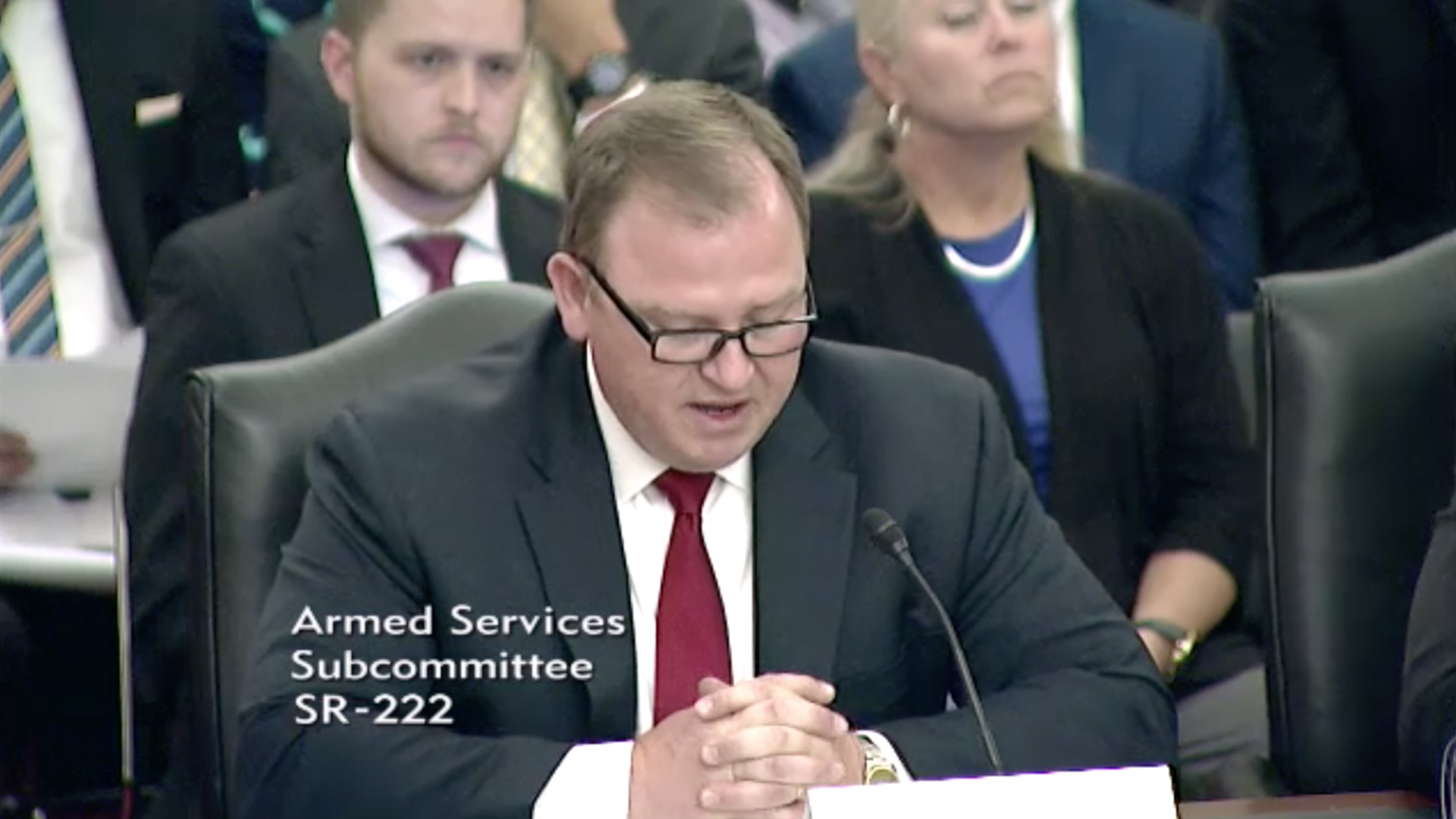
July 25, 2017
Dr. Jerry Hendrix before the Senate Committee on Armed Services Subcommittee on Seapower
Chairman Wicker, Senator Hirono, and distinguished members of the Seapower Subcommittee, thank you for extending the honor of addressing the topic of how the Navy might reach its stated requirement of 355 ships as quickly, economically and efficiently as possible.
Today I will present a series of options that many people, to include my friend and frequent co‐author Robert O’Brien, have suggested as providing ready paths to 355 ships. It is important to note that none of the ideas that follow are radical and that each of them has been used in the past, to include most recently during the Reagan administration’s campaign to bring the Cold War to a successful conclusion.
First it is important to note that the numbers three hundred and fifty, first proposed by President Trump in Philadelphia on 7 September 2016, and three hundred and fifty five, as enunciated by the Navy on 14 December of last year, are not arbitrary, but rather represent the minimum number of ships required to provide persistent presence in the eighteen maritime regions of the world (North Atlantic, Caribbean, South Atlantic, Gulf of Guinea, Arctic, Baltic Sea, Western Mediterranean, Eastern Mediterranean, Black Sea, Red Sea, Gulf of Oman, Arabian Gulf, Indian Ocean, South China Sea, East China Sea, Northern Pacific Basin, South West Pacific, South East Pacific), as identified by Combatant Commanders, where the United States has strong national interests. I must add that increasingly we must consider the Arctic as a region where we have increasing interests and plan additions to our fleet architecture accordingly. We must remember that in March of 2014, former Chief of Naval Operations, Admiral Jonathan Greenert stated before the House Armed Services Committee that to fully meet CoCom requirements would take a Navy comprised of 450 ships. Based upon current maintenance‐training‐deployment rotational models as well as the distances associated with these regions, the number of 355 ships has been determined to be the minimum number required to meet Combatant Commander demands with no room to spare.
Second, it is just as important to note that the time frame associated with the build‐up to 355 ships is equal in consequence as the raw number itself. Both China and Russia have taken advantage of the United States’ recent strategic focus on counter‐terrorism campaigns in Afghanistan and Iraq to take challenging profiles on the high seas. Russia has invested in a new generation of highly capable platforms, such as the new Yasen class fast attack submarine, and China is pursuing a maritime strategy that combines outright territorial acquisition with a rapid expansion and modernization of its fleet.
The full testimony is available online.
More from CNAS
-
Discussion with Secretary of the Air Force, Dr. Heather Wilson
Video
The Center for a New American Security (CNAS) hosted a discussion with Secretary of the Air Force, the Honorable Dr. Heather Wilson, on strategic competition, Air Force readin...
By Jaelin Lespier
-
Don’t Retire Our Stealth Bombers
Commentary
When a local community government has trouble getting its books to balance or it simply desires additional tax revenue to expand local government, but it does not have support...
By Jerry Hendrix
-
The US Navy’s New Frigate Should Jumpstart a Revitalization of the Defense Industrial Base
Commentary
The United States Navy requires a frigate. Building this warship will strengthen our depleted naval fleet and reenergize a vital sector of the nation’s defense industrial base...
By Jerry Hendrix
-
Countering Entropy in the New Year
Commentary
In a year-end summary, one of our nation’s major weekly news publications recently tweeted that one of its most-read articles featured former Soviet president Mikhail Gorbache...
By Jerry Hendrix



